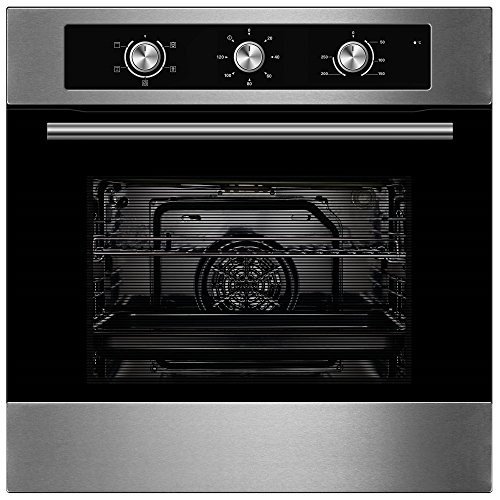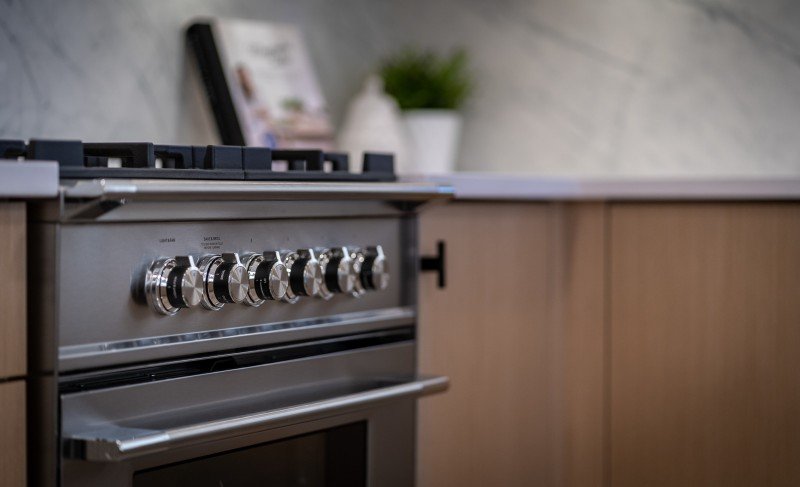
The concept of the integrated kitchen has evolved vastly over recent years, transforming not only the functionality but also the aesthetic of modern homes. This comprehensive guide explores the core elements of integrated kitchens, their advantages, design considerations, and maintenance tips. The article also addresses common questions related to integrated kitchens.
What is an Integrated Kitchen?
An integrated kitchen refers to a cooking space where appliances and cabinetry are harmoniously combined to create a seamless look. This design approach prioritizes functionality while ensuring an aesthetically pleasing environment. An integrated kitchen features built-in appliances, streamlined storage solutions, and cohesive design elements, often reflecting the homeowner's personal style.
Benefits of an Integrated Kitchen
Integrated kitchens offer numerous advantages that appeal to homeowners looking for efficiency and style. Here are some key benefits:
- Aesthetic Appeal: The streamlined design provides a modern, uncluttered look.
- Space Optimization: Integrated features make the most of available space, particularly in smaller homes.
- Improved Functionality: Built-in appliances enhance workflow, making cooking more efficient.
- Increased Home Value: High-quality integrated kitchens can boost the property's market value.
- Customization: Offers flexibility at the design stage, tailoring the kitchen to the homeowner's tastes and needs.
Key Features of an Integrated Kitchen
To create an effective integrated kitchen, several key features should be considered:
| Feature | Description |
|---|---|
| Built-in Appliances | Appliances such as ovens, refrigerators, and dishwashers are installed within cabinetry for a cohesive look. |
| Open Shelving | Floating shelves or cabinetry can display dishes or decorative items, reducing the need for bulky storage. |
| Concealed Storage | Cabinets that hide kitchen utensils, pots, and pans, maintaining a clean and organized appearance. |
| Unified Color Scheme | A consistent color palette across cabinets, appliances, and countertops enhances the visual harmony. |
| Multifunctional Islands | Kitchen islands can serve as additional prep space, dining areas, or built-in storage solutions. |
| Integrated Lighting | Under-cabinet and pendant lighting for both task and ambient purposes, enhancing functionality and ambiance. |
Design Considerations for an Integrated Kitchen
When designing an integrated kitchen, several factors must be taken into account to maximize both functionality and style:
Layout:
- Consider the workflow and common activities like cooking and cleaning.
- Popular layouts include U-shaped, L-shaped, and island configurations.
Style and Theme:
- Decide on a theme that reflects personal preferences—modern, minimalist, rustic, or traditional.
Materials:
- Choose high-quality materials that are durable and easy to maintain.
- Popular choices include quartz, granite, and stainless steel.
Lighting:
- Opt for a combination of natural and artificial lighting to create a warm, inviting space.
Color:
- Stick with a cohesive color scheme to ensure a unified look throughout the kitchen.
Maintenance Tips for Integrated Kitchens
To keep an integrated kitchen looking its best, regular maintenance is essential. Here are several maintenance tips:
- Daily Cleaning: Wipe down surfaces and clean spills promptly.
- Yearly Deep Cleaning: Schedule a thorough cleaning of appliances, cabinets, and countertops annually.
- Check for Wear: Inspect appliances for any signs of wear or malfunction, addressing issues immediately.
- Maintain the Workspace: Regularly declutter countertops and organize storage for ease of use.
- Professional Inspections: Consider having built-in appliances serviced by professionals to ensure they remain in optimal condition.
FAQs About Integrated Kitchens
What is the difference between an integrated kitchen and a modular kitchen?
- Integrated kitchens use built-in appliances that blend seamlessly with cabinetry, whereas modular kitchens often feature stand-alone appliances and a mix of fixed and loose furniture.
Are integrated kitchens suitable for small spaces?
- Yes! Integrated kitchens are ideal for small spaces as their design optimizes layout and functionality, reducing clutter.
Can I customize my integrated kitchen?
- Absolutely! Integrated kitchens are highly customizable, allowing homeowners to select colors, materials, and appliances that best suit their needs and style.
What are some common materials used in integrated kitchens?

- Common materials include hardwood, engineered wood, laminate, stainless steel, quartz, and granite.
How can I ensure my integrated kitchen remains functional over time?
- Regular maintenance, ovensandhobs organizing storage areas, and investing in high-quality appliances can help maintain functionality over time.
Integrated kitchens harmonize style and practicality, providing homeowners with a refined cooking and living experience. By investing in this modern kitchen design, individuals can enjoy numerous benefits, including increased functionality, aesthetic appeal, and improved property value. Whether you are embarking on a kitchen remodel or planning a new build, understanding the principles of integrated design will help create a space that is both beautiful and efficient.







